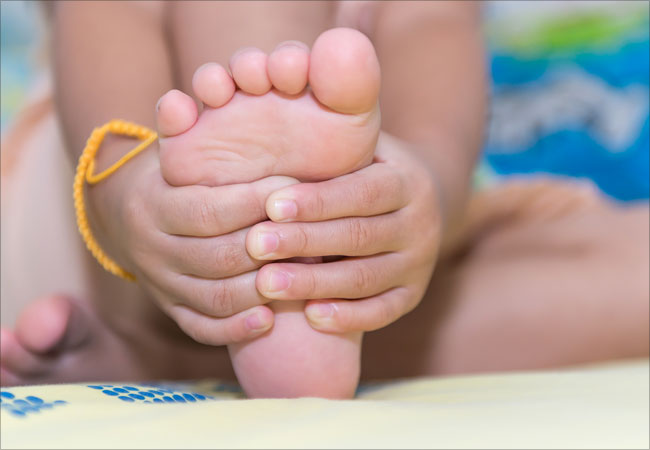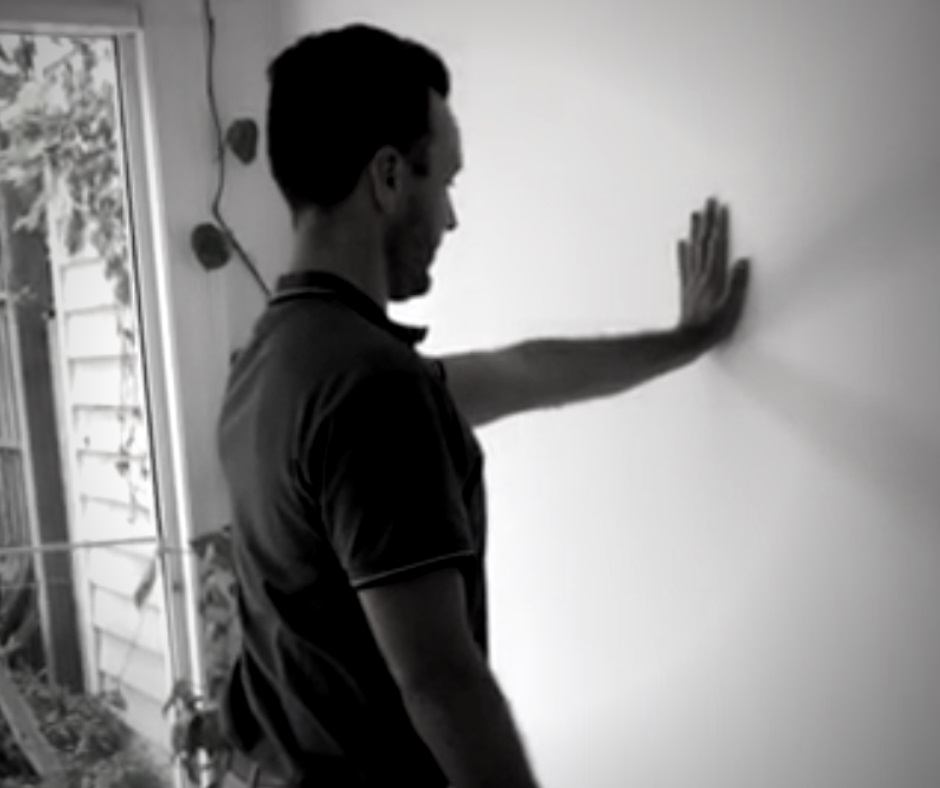Can Your Discs Actually Slip?
Osteopath Peter explores the structure of the disc, causes of disc bulges and the truth behind the ‘slipped disc’
Our spine is made up of many bones called vertebrae, and in between each bone there are strong, rubbery-like flat discs that have a softer jelly-like centre.
Nearly 80% of the population sustains an episode of low back pain (LBP) once during their lifetime. In saying this, we often hear the term “slipped disc” but in fact the intervertebral discs (ID) are so strongly connected to the bones that make up our spine that it would be almost impossible for slippage to occur.
What in fact happens, the jelly-like substance of the disc “herniates” or “bulges” out which can cause local inflammation and apply pressure on the surrounding nerves or the disc itself can protrude into the nerves as they exit the spine. This in turn can cause local back pain as well as sensory changes into the lower limbs in the form of numbness, tingling, burning or weakness.
It is important to note that not all spinal disc bulges actually cause pain and it is estimated that 40% of the population above the ages of 30 have some form of asymptomatic disc bulge. It is also important to note that injuries to the intervertebral discs do heal and are most often not a lifelong complication. Up to 90% of people experience relief after 6-12 weeks.
Contributing factors of disc related pain often include:
- A job involving lots of lifting and sitting (driving)
- Trauma such as car accidents or falls
- Weight-bearing sports (weightlifting, etc).
- Smoking as the disc dehydrates and becomes less flexible/durable
How can we help?
Osteopathic hands on therapy has been proven to have a long lasting effect in treating lower back pain with disc involvement. Additionally, physiotherapy lead exercise as well as pilates has been shown to increase strength in surrounding tissues which can decrease pain and increase function to prevent re-injury.
At Williamstown Health & Lifestyle, one of the available treatments include the use of the DolorClast® High Power Laser which may provide an immediate reduction in inflammation and can therefore speed up the reduction of pain and other symptoms.
If you think you might be suffering from a lower back injury and are looking for the best treatments all in the one place, get in contact with one of our practitioners or make a booking online.

References:
Al Qaraghli MI, De Jesus O. Lumbar Disc Herniation. [Updated 2021 Aug 30]. In: StatPearls [Internet]. Treasure Island (FL): StatPearls Publishing; 2022 Jan-. Available from: https://www.ncbi.nlm.nih.gov/books/NBK560878/
Chen L, Liu D, Zou L, Huang J, Chen J, Zou Y, Lai J, Chen J, Li H, Liu G. Efficacy of high intensity laser therapy in treatment of patients with lumbar disc protrusion: A randomized controlled trial. J Back Musculoskelet Rehabil. 2018 Feb 6;31(1):191-196. doi: 10.3233/BMR-170793. PMID: 28854500.
Ezzati, K., Laakso, E. L., Salari, A., Hasannejad, A., Fekrazad, R., & Aris, A. (2020). The Beneficial Effects of High-Intensity Laser Therapy and Co-Interventions on Musculoskeletal Pain Management: A Systematic Review. Journal of lasers in medical sciences, 11(1), 81–90. https://doi.org/10.15171/jlms.2020.14
Kim, C.H., Choi, Y., Chung, C.K. et al. Nonsurgical treatment outcomes for surgical candidates with lumbar disc herniation: a comprehensive cohort study. Sci Rep 11, 3931 (2021). https://doi.org/10.1038/s41598-021-83471-y
Parr A, Askin G. Non-radicular low back pain: Assessment and evidence-based treatment. Aust J Gen Pract. 2020 Nov;49(11):724-727. doi: 10.31128/AJGP-06-20-5476. PMID: 33123711.




